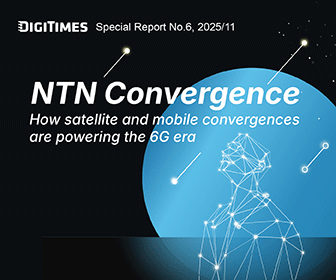AMD recently acquired ZT Systems (ZT) for US$4.9 billion. AMD emphasizes that its need for additional personnel stems from its desire to further invest in expanding an open ecosystem while ensuring freedom of choice for its clients.
According to WSJ, AMD Chair and CEO Lisa Su pointed out that the main contribution provided by the ZT team is the expansion of its design team, which would offer substantial aid to its clients that require AI for cluster computing.
General manager of the Data Center Solutions Business Group at AMD, Forrest Norrod, revealed that AMD currently has about 500 system engineers while ZT has 1,100. The rationale behind incorporating this large number of people into the Data Center Solutions Business Group is related to the increasing complexity of AI systems.
Norrod explains that one thing has become increasingly clear to those in the industry: when a system reaches a certain power level, signaling rate, and complexity, the design aspect becomes extremely challenging. Keeping these systems in a functional and manageable state is very difficult.
To solve this series of issues, the chip development process needs to be reviewed. AMD has experience in addressing some of these issues from building supercomputers in the past. However, as the complexity of AI systems rapidly increases, acquiring a sufficient number of first-class system design engineers to continuously work on chip definition is crucial to AMD.
Furthermore, while expanding its capabilities, AMD hopes to continue its commitment to an open ecosystem and freedom of choice for its clients instead of keeping everything locked up in a proprietary format. It is precisely this support for diversified needs that has made the work process more complex, requiring AMD to employ more system engineers to ensure consistency in product quality.
The Next Platform commented that AMD has done well in incorporating both CPU in the past and GPU currently. It now just needs to find a way to incorporate internet and system aspects while enabling usage in framework- and industry-level system designs to pass large-scale verification tests. This may also be the reason why Nvidia is releasing the DGX product line.
However, despite ZT holding 22% of the market for GPU-based servers, AMD plans to only retain ZT's system expertise and discontinue server manufacturing. This approach would avoid competing against clients such as Dell Technologies and HP Enterprise. According to Norrod, AMD had long ago begun communicating with its OEM and ODM collaboration partners, and progress has been great. They quickly understood AMD's reason for buying ZT and trusted that it had no intention of becoming a competitor.




